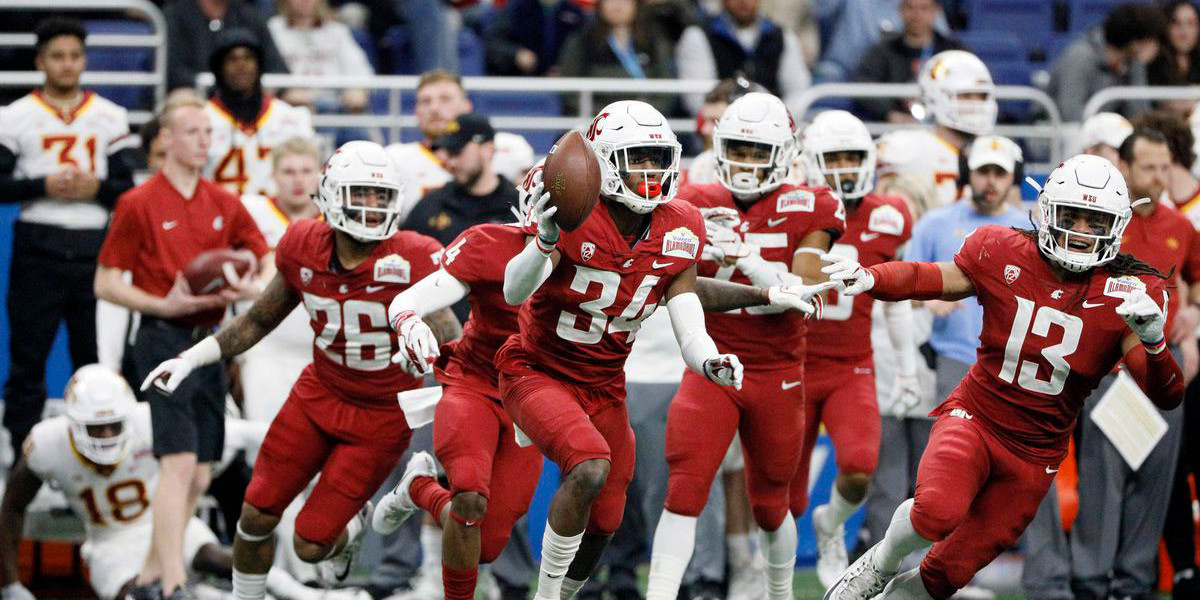Understanding Slot Machine Reel Mechanics
The basic principles of slot machines haven't changed even though technology has evolved over the years. A player pulls a lever to spin reels (typically three) that show images. The machine pays out when a winning combo is created.
Slot machines come with a range of features, including visually appealing symbols and intuitive paylines. They also offer a moderate level of volatility to keep players engaged. Continue reading to learn how these features work.
Random number generators
Random number generators (RNGs) are a crucial component of slot games, as they ensure that the outcomes are completely random. They use complex algorithms to generate a set of numbers which can't be predicted or altered. This eliminates the possibility of manipulating and predicting outcomes. Additionally, RNGs are tested rigorously to ensure that they are operating properly. This ensures that players can be confident that their winnings are not based on luck and that casinos are not trying to cheat them.
When a player presses the spin button, the RNG selects a value that corresponds to a specific reel position. The number selected determines the symbols that will appear on the virtual wheels. The process happens in just a fraction of a second, creating the illusion that the reels are spinning and creating excitement in the game. The RNG regulates the payout ratio and frequency, which determines the probability of winning the prize.
The complexity of RNGs makes it difficult to test their performance. However there are a few methods to improve their performance. You can boost their performance by using a faster computer and allowing repeated numbers. This will increase the odds of getting a particular combination of symbols, and it will also improve the accuracy of the results.
The RNG is the heart of the modern slot machines, as well as video poker and keno machines in casinos. It is a computer-generated algorithm that generates a stream of randomly generated numbers hundreds of time per second. These numbers are then mapped onto symbols, then calculated on the paytable, and used to determine probability of a particular turn. RNGs, in spite of their complexity, are unsung heroes in slot machines. They offer a fair and fair gaming experience for all players. RNGs are also essential to calculating slot machine payout percentages, which requires a sophisticated method of simulating many spins and accounting for the weightings of symbols and player variance.
Reels
The number and the type of reels used in slot games can drastically impact your chances of winning, and the overall top casino slots experience. No matter if you're playing traditional mechanical three-reel machines or modern video slots with cutting-edge reel mechanics, knowing the various ways reels function can aid you in making more informed gambling decisions and increase your chances of winning.
The number of possible symbol combinations on mechanical reels is limited by their circumference. This is why near misses are more prevalent on three-reel machines compared to video slots with 30 or more paylines are common. It's also difficult to fit a large number of symbols onto a mechanical reel without causing it to stop at the wrong place. In order to avoid these issues the slot makers created stepper slots that have virtual reels. Virtual reels share the same symbols and blank positions as the physical reels, however they are spread out over a larger area. This allows the machine to make enough combinations to give high payouts without affecting the spin speed.
As technology advanced manufacturers began to increase the number of the number of reels on a slot machine. In the 1980s, they introduced electronic slots which allowed them to include more symbols and bonus features. They also realized that the more reels a slot contained the greater its possible payouts would be.
It's important to keep in mind that the number of reels won't directly correlate with how often the slot machine pays out. The Random Number Generator (RNG), which determines the symbols mapped onto the reels is responsible for the probability of winning machine games. In the end the number of reels isn't a factor in the slot's hit rate or payback percentage.
Symbols
Slot games are dominated by symbols, which give them a unique appearance and provide players with an array of payouts and bonuses. In addition to their aesthetic value, they can be a great way to add a brand new dimension to a game's gameplay and transform it from dull to exciting within a couple of spins. You might want to look for specific symbols, such as Scatters and Bonus symbols which can trigger bonus rounds or trigger other bonus rounds.
Regular symbols are the primary symbols that appear on the reels of a slot machine and offer the lowest payouts. They usually pay out when three or more match on a payline, but they also can trigger other bonus features. These could include free spins and respins as well as additional paylines. Reviewing the paytable of the slot is the best method to determine which symbols are the most lucrative. It provides an overview of the symbols and the payouts.
Charles Fey designed the first slot machines, using just a few symbols. Fruit symbols (cherries and grapes, lemons and oranges) along with horseshoes, and the classic Liberty Bell, were used. These classic symbols are present on modern video slot machines, but they have evolved dramatically since their introduction. The symbols were originally colored to represent various kinds of gum. Cherries were paid out for the combination of two or one, and bars paid out for a combination three.
Most slot games today utilize various symbols each with its own bonuses and payouts features. Some are more complicated than others, however they all have a unique design that is in line with the theme of the game. Certain symbols change color or shape to match the theme. For example the expanding wild symbol can transform a wild stacked into one that covers multiple positions on one reel.
Paylines
Paylines are an important component of slot machines. They determine the winning combinations. They can be horizontal, vertical or diagonal, or zigzag. If the same symbols are found within these predetermined patterns, a cash reward is paid to the player. The number of paylines could vary from game to game. Players can also alter the number of bet lines. If you're playing traditional three-reel mechanical slots or more modern video games, knowing the paylines can help you get the most of your gaming experience.
In the past, slot machines had one payline that ran across the reels. These lines determined the direction of winning combinations, but modern slot machines have a lot more paylines. Some have as little as 10 paylines whereas others have hundreds. The number of paylines affects the amount of a payout and the frequency at which you win.
In addition to paylines, slot machines also have different kinds of symbols that are able to be a winning combination. Certain slot machines have wild symbols that can be used to replace any other symbol in a payline and form a winning combination. Some slot machines have bonus symbols which multiply your stake when they appear on the reels. These features can make slot machines more enjoyable to play.
The layout of a slot machine can affect the paylines. The most commonly used layout for paylines is the standard 5x3 format, however some slots feature as little as 3 reels possible or as many 10 reels. Whatever number of paylines you have each winning combination has to begin on the first reel. In some instances, you can also win by combining of five identical symbols. Different paylines provide different payouts, however the higher the number of matching symbols, the greater the prize. If you're just beginning to learn about slot machines, it's better to start with a lower number of paylines before working to increase your number.
Bonus rounds
Bonus rounds in slot games improve the game by adding new features, and also increasing the payouts. These extra features require players to take decisions which creates an element of strategy not present in traditional slot machines. These extra elements can also boost overall excitement in the game. They also can increase a player’s bankroll by attracting higher payouts.
It is important to note that bonus rounds don't guarantee better payouts than regular spins. They are designed to bring adrenaline and break up the repetitive spinning. Slot machines are popular due to this reason. Slot machines provide a level entertainment that is unmatched by any other game in casinos. They also aid players get over boredom and increase the odds of winning.
The process of triggering bonus rounds in slot games varies among different games, however the common methods include hitting specific symbols on the reels or achieving a certain goal during play. These bonus rounds can also be triggered by a specific symbol being hit, such as the jackpot or free spins symbols. These symbols can appear anyplace and do not have to be placed on an exact line to trigger the bonus game.
The result of these additional features can be affected by the players' choices of bonuses. This is because the RNG generates large numbers every second, and each one can result in an entirely different outcome on the reels. However, reputable casinos will always show the prize potential in the information or help button so that players can pick the option that best matches their budget and requirements.








